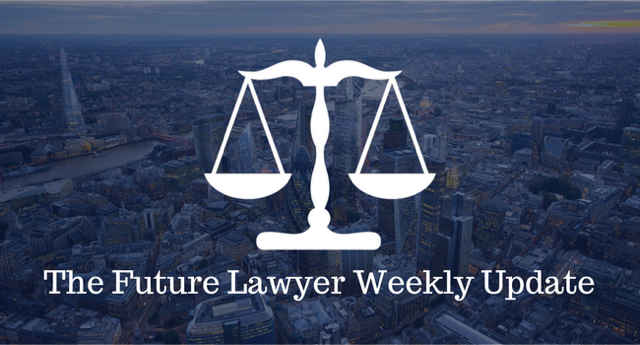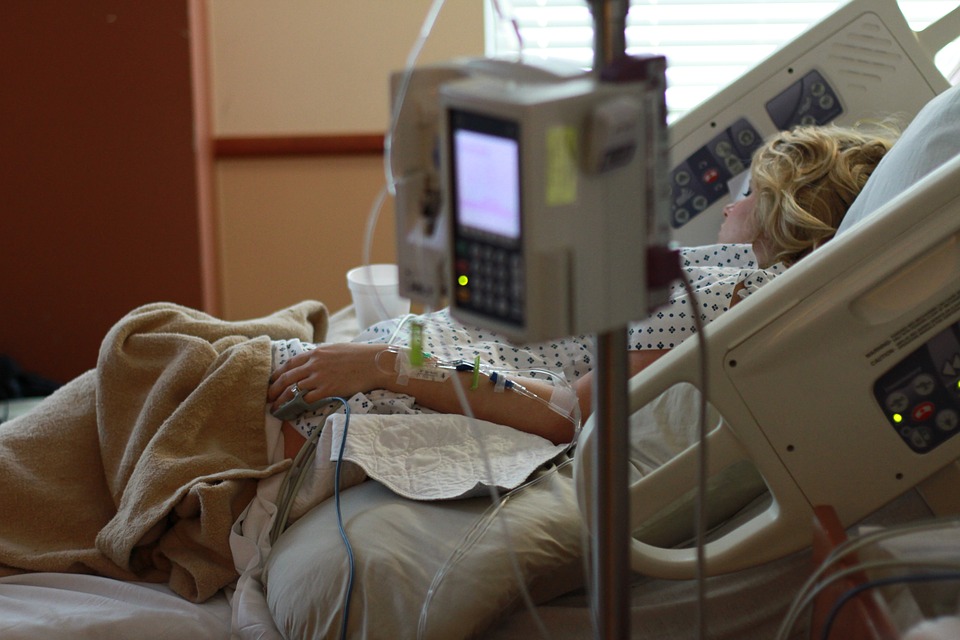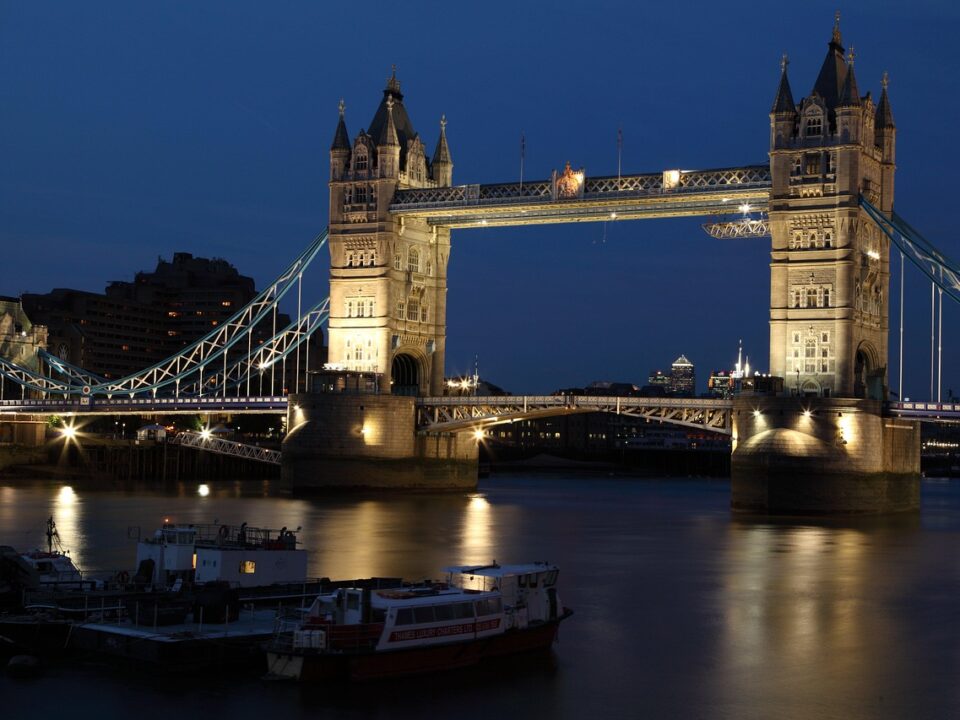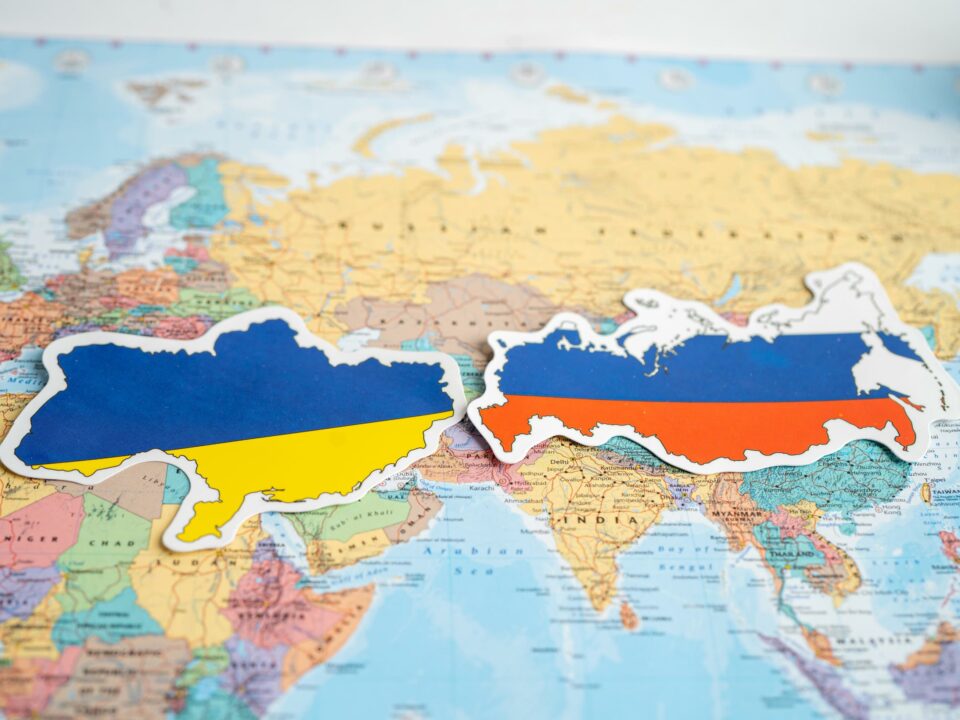
Your Weekly Commercial Awareness Update – w/c 14th January
January 18, 2019
The Future Lawyer Weekly Update – w/c 21st January
January 23, 2019Euthanasia is a practice that refers to an act that ends a person’s life to prevent agony.
This practice, already recognised in Greek times, is now described as an action to cause the death of an individual suffering from an incurable disease. This one causes intolerable mental and/or physical suffering. Euthanasia is done by a specialised doctor or under the patient’s own control.
Considering the fact that life expectancy has increased in industrialised countries followed by a scientific and technological developments in the field of medicine, euthanasia is now a subject both very protected and sensitive.
Defining the term – not so simple
The acceleration of the end of life of a suffering person can be achieved by different means. These are not all being grouped under the term “euthanasia” since the aim is not always the end of life itself.
Indeed, another practice, that of “assisted suicide,” provides an environment and means necessary for a person to carry out his or her own suicide, regardless of the motivations. It must be the patient himself who commits this act and not a third party. This applies even if it is a relative carrying this out.
This assistance requires a clear and free request from the applicant without any defects.
It is customary to separate active euthanasia, which refers to a voluntary act to shorten patient’s life, from the passive euthanasia, which consists of stopping curative treatment or stopping the use of instruments or products that keep a patient alive. In the latter case, no means are used to hasten patient’s death.
There is a classification of euthanasia by type of consent:
- Voluntary euthanasia: When an individual has the mental and physical capacity to seek help to die and asks for it.
- Non-voluntary euthanasia: The individual no longer has the mental and physical capacity to seek help to die but has previously expressed such a willingness.
- Non-voluntary euthanasia, (meaning 2): When an individual no longer has the mental or physical capacity to seek help to die or to oppose it and it is not known what his or her will would have been.
Legislation and Judicial Practices Status of National Legislation
Many countries around the world do not recognise or prohibit euthanasia and other forms of end-of-life assistance. However, some of them recognise an implicit and/or explicit tolerance to ensure that these practices take place in a regulated environment.
This is the case in Belgium and Netherlands, where euthanasia is recognised under extremely specific conditions. In Luxembourg, euthanasia and assisted suicide are now completely legal.
On the other hand, in Switzerland only assisted suicide is allowed under conditions. But in France, it is considered a premeditated murder or poisoning. This is the case, even though measures have been taken to stop therapeutic persecution since 2005.
if measures have been taken to stop therapeutic persecution since 2005.

In the United States, euthanasia is authorised only for terminally ill patients. In Canada meanwhile, euthanasia is in law a reprehensible act, but in practice, some cases have been tolerated. For instance, in 2008, a jury acquitted Stéphan Dufour, accused of helping his sick uncle to take his own life.
Cases Related to Euthanasia
According to the most publicized cases, two cases in France recorded in 2008 (Rémy Salvat, 24 and Chantal Sébire, 52) were not enough for the country to review its laws.
One of the most controversial cases is in Canada with Robert Latimer, who killed his 12-year-old daughter severely affected by cerebral palsy. As is France, such acts are considered murder and is punishable by 14 years in prison in the United Kingdom.
At the European level, the European Court of Human Rights has always reticent about the debate on euthanasia. Indeed, considering Article 2 of the European Convention on Human Rights, which explicitly indicates a right to life, this court has difficulty passing a “right to death” which is an idea totally opposed.
Since the progress of medicine in the preservation and extension of life has been decisive, the question has arisen of the limits to be placed on “life support” practices.
The public debate on this subject led the medical profession, philosophers and theologians to debate the subject of quality of life, and the rights of a humain being to determine when this quality has deteriorated as long as it becomes acceptable and lawful to put an end to his agony and suffering. This ultimately led States to legislate under the name of bioethical laws.
However, some, such as Hippocrate, had a different conception of things and, in the Hippocratic Oath, doctors are forbidden to use all forms of assisted suicide: “I will refrain from all evil and injustice. I will not give poison to anyone, if asked, nor will I take the initiative to make such a suggestion.”
Euthanasia and Religion
Catholicism
Euthanasia is in direct opposition to the 5th commandment: “You shall not kill.”
Consequently, all forms of euthanasia are prohibited and this prohibition denounces a “death culture” of Western societies for which “a life is deprived of any value.”
Indeed, for Catholics, the depth of Man’s supernatural vocation reveals the greatness and price of his human life. This still applies, even in its temporal phase. But palliative care are still accepted. 
Protestantism
Unlike catholicism, some currents of Protestantism support the idea that God is not exclusive in having the right to life.
Indeed, the divine life represents a dynamism that comes from love and the bond that humans have each other.
Islam
In this religion, human being represents the creature that bears the divine imprint and represents his power on earth.
Active euthanasia is therefore legally prohibited since it is seen as a murder. The only thing allowed is to let the person die naturally but passive euthanasia is not prohibited.
Buddhism
Suicide is not recommended since the suppression of life is considered as a negative act. Nevertheless, the conviction of euthanasia is not automatic.
But the 14th Dalaï Lama warned against active euthanasia, explaining that by trying to escape the suffering of this life, we could face the same suffering in a future life and in more difficult conditions.
Judaism
Active euthanasia is doomed since it is God who gives life and the one who destroys a life, it is as if he destroys the whole universe.
But the Jews nevertheless make a concession, they renounce hopeless medical acts, that is to say passive euthanasia.
Arguments For and Against Euthanasia
For the Legalization
Concerning the side for the legalization of euthanasia, they have a lot of arguments on their side. This include the end of suffering, avoiding the clandestinity of euthanasia, a feeling of social uselessness.
The individual liberty is one of the important points behind this first plan. This is because they say that the human being is the only rights holder of his own body.
Furthermore, there is a utilitarian conception of morality. A sacrifice of some for the benefit of the greatest number (legit to optimize resources to privilege patients whose lives can be saved).
For some, the disease is perceived as an unacceptable degradation for the patient, which represents a certain human dignity.
Indeed, for people with neuro-degenerative diseases, they would like to have the possibility of choosing to die. Ideally, this would happen before they have a permanent loss of autonomy. This would allow them to avoid being totally dependent on the help of others.
Against the Legalization
For doctors, euthanasia is an offensive practice. It is also a disrespect for the Hippocratic oath they are forced to take before they can even practice their profession.
Some people believe that as pain and suffering progresses, euthanasia becomes unnecessary.
In some religions, any suicide can be seen as a personal tragedy and a failure for society.
Apart from the human side, there are also people who are reluctant to euthanize for fear of drift and slippage if it is legalised.
Indeed, there would be risks such as financial and moral pressure on patients.
But also, euthanasia could become an instrument of social domination with the pecuniary motive. It could come to be seen as an easier, cheaper and faster solution with, in return, neglected palliative care.





